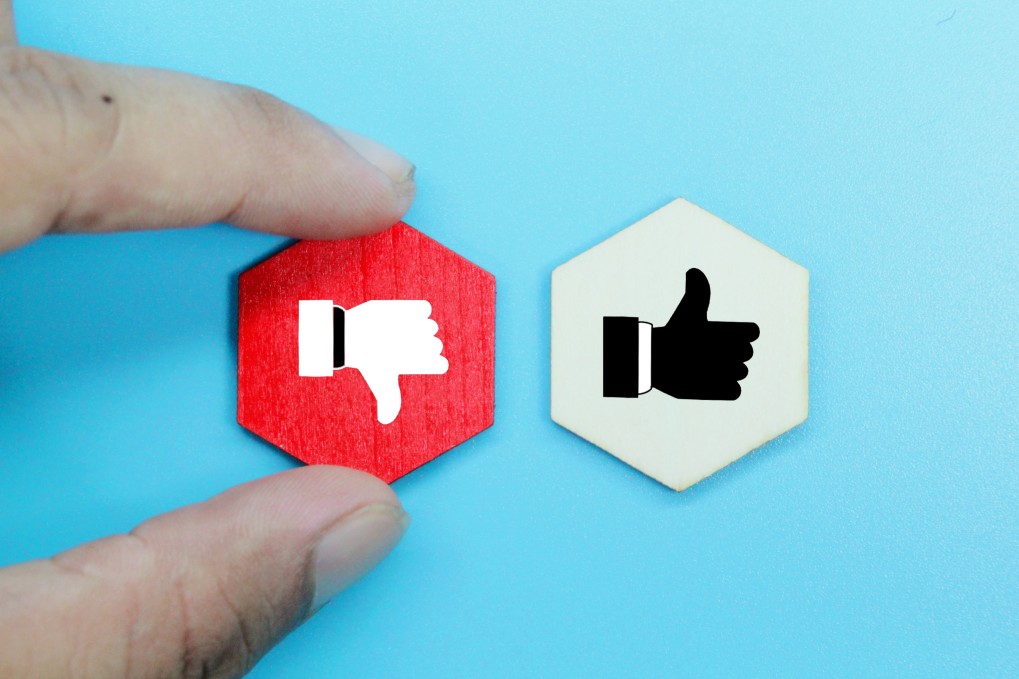Using social media to build and improve small to medium growing businesses takes away some guesses. Putting together good social media strategies is important in making them successful. Social media is growing rapidly and has reached 65% of the population. Facebook, TikTok, Twitter and Instagram have become so popular online that businesses simply cannot ignore them.
It takes many opportunities to be heard by customers. Just a decade ago, you had to have a minimum of 5 to 8 touchpoints with customers. Today, we are at a staggering 18 to 24 touchpoints. That’s how many times a prospect needs to see your posts or ads before you’ve established any sort of meaningful relationship with them. The average person is spending over 145 minutes online daily! That gives you ample opportunity to get the interest of potential consumers in your business.
In the following article, we’ll go over some social media tips, touch on Social Media Marketing strategies, and discuss some of the social channels available to small business owners. We’ll also discuss what makes the most sense for managing social media for small businesses to channel traffic to websites, increase brand values, funnel lead generation, and ultimately increase conversion rates.
What is Social Media Marketing (SMM)?
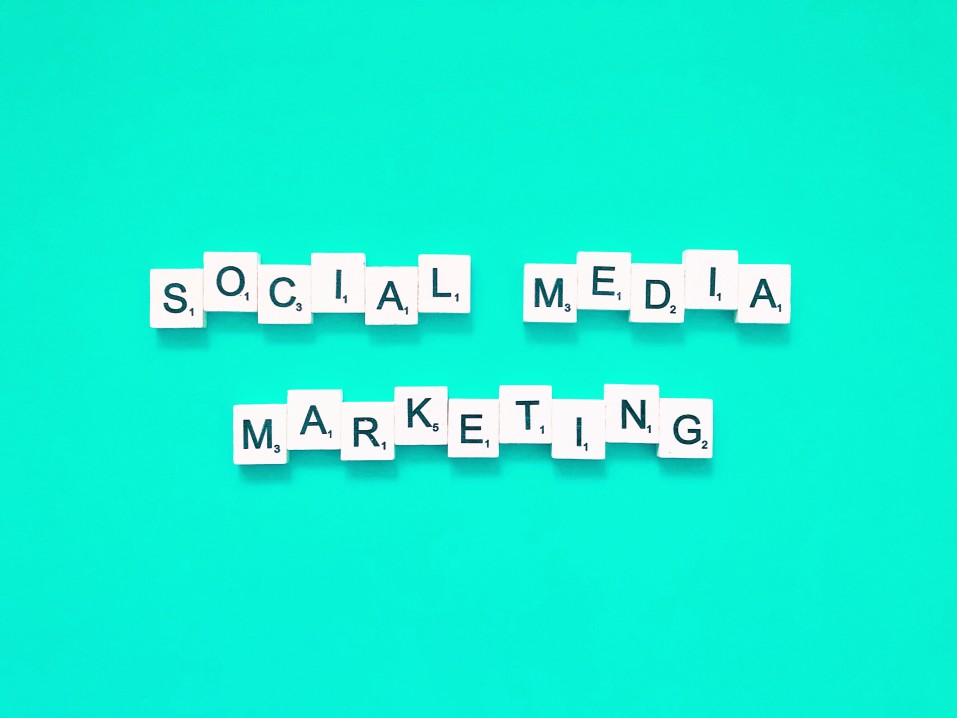
First, know this: social networks are essential in modern consumer life. Internet users typically have over 5 social networks that they check almost every day. Consumers also tout their latest purchases or dissatisfaction with companies on the daily. Just as a specific example, many users spend about 2 hours per night on Facebook. That also includes “checking in” and leaving reviews for local businesses.
While originally these channels allowed people to share and connect life moments, they quickly became indispensable tools in a digital world for businesses who need help to target their targeted market.
Today, businesses of all sizes and industries need SMM to succeed. The social aspect is crucial to success in today’s digital age. It allows you to connect and engage with potential and current customers like never.
Through social media marketing, businesses can interact with their target audience on a more personal level, build relationships, increase brand awareness and trust.
Yeah, But…Why SMM? Value of SMM for Small Businesses
Does SMM make sense for small businesses? The short answer is yes. The longer answer is that SMM is one of the most cost-effective and efficient ways to connect with your target audience while boosting your brand awareness and reputation. It levels the playing field for small businesses who might not have the same budget as larger businesses to promote their products or services.
A social presence and marketing program will help you: besides these obvious advantages, it is important to emphasize what makes SMM distinct from other digital marketing channels. Using multiple touchpoints on the different platforms will boost the loyalty amongst the audience.
If you are a small business owner, you may have worn more hats than a Doctor Seuss character. I was stunned by how much most entrepreneurs have on their plates. It appears there’s not even enough time to put social first on your list if you are running a scale startup. However, when we think of the incredible Stephanie, there is no barrier to maximizing social media.
What Can Social Media Provide For A Local Small Business?
What are social media advantages? This is a good way to put your product or service out there…. The price is cheap to keep your business at the forefront of the prospect’s mind. Gaining qualified leads over your competitors can be helpful. It also helps you get more traffic online, making it the most effective method of searching for content and communication is quick.
How Social Media Is Helping Businesses?
The internet has become an integral part of social media culture. You should absolutely use this tool as part of a marketing plan for your business. Alone, it can no longer be used for business expansion. Using it, for example, can help increase your customer engagement and increase the effectiveness of your products and services.
In the short term, it is possible that SMM can be used by small and even local businesses to increase revenue at an affordable price. 80% of small companies believe Social Media helps increase sales. Within 5 years, 73 percent have seen ROI from a social media campaign.
But social media is not just about making sales. It can also create a community of customers and fans who are interested in what you do, and it can help you connect with more people in your industry. When used correctly, social media can be an incredibly powerful marketing tool for small businesses.
Define Your Social Media Strategy — and Set Your Goals

SMM strategy can intimidate, so setting business goals keeps it realistic. SMART goals can be measured and achieve relevant timely results. Apply this strategy to social marketing by incorporating social media goals specific to your business. You could even look at logging the number of social followers month after month.
Ideally, this is an early introduction to creating a social strategy that will help you identify the goals you need to achieve. You can also track your progress and use these metrics for the building of your future projects.
Setting Social Goals For Your Small Business
I talked with a lot of SMM professionals who aren’t convinced they can impact businesses. It was often a result of no knowledge of what a specific goal would look like. Most of the time, they found it difficult because the business owners weren’t sure exactly what actions they wanted to drive.
Setting the ideal goals for your social media strategy can help you prove success, and help you determine what techniques work. It’s a lot more convenient and efficient way to increase social visibility.
Choosing Goals Based On Your Funnel
It doesn’t always mean you’ll be wasting time on social networks and just posting the wrong things. Neither your customers nor your publisher will benefit from social networks promoting your content only.
Too many promotional ads have been proven that consumers don’t follow your website. Instead, it’s best to look at your online profile in a funnel-like way. Yes, publish content for marketing. But the problem is not just that. As we enter our funnels, the more we have to respond to our customers and build good relationships. Instead, use social media just as a gateway to create a smooth transition for your followers to ultimately end up in your funnel and ultimately leading towards more sales.

Choosing Goals By Industry
No matter what industry you’re in, SMM can be a valuable tool. The key is to set goals that are specific to your industry and that will help you achieve your overall business objectives.
There are a few industries where SMM is particularly well suited. Here are some examples of a few industries, though certainly not limited to, and how small businesses have found success with SMM:
– Retail: Use it to drive traffic to your store or website. Offer discounts and promotions to encourage people to buy from you.
– Food and beverage: Share photos and recipes, and use it to create a connection with your customers.
– Health and fitness: Use it to share tips and advice, and to connect with your customers.
– Travel: Use it to share photos and videos of your travels, and by promoting your tours and packages.
The bottom line is that SMM can be a valuable tool for small businesses, regardless of industry. The key is to set specific goals that will help you achieve your overall business objectives.
If you want to sell a product, social can be a great way to get the word out there and generate interest. If you’re trying to build brand awareness or establish yourself as an expert in your field, it can also be helpful. But if you’re just starting out, it’s important not to spread yourself too thin — focus on one or two social platforms and do them well, rather than trying to be active on all of them at once.

Choosing Goals By Studying Your Peers
A great way to set social media goals is by looking at what other businesses in your industry are doing. Not only will this give you an idea of what’s possible, but it can also help you benchmark your own progress.
For example, if you’re a small retail business, look at some of the bigger retailers in your niche and see how they’re using social media. Are they focused on selling products? Building brand awareness? Engaging with customers? All the above? Once you have a good understanding of how they’re using social, you can think about how you can do similar things for your own business.
Of course, it’s important to remember that every business is different, and what works for one might not work for another. But looking at your peers can give you a starting point for setting your own social media goals.

Work Smarter Not Harder With SMART Goals
SMART Goals are a set of objectives which meet five criteria in order: Specific, Measurable, Attained, Relevant & Effective. These goals will help you focus on your SMM campaign. Let’s see the best answers to your questions about SMM. Tell me the main reason for your social network?
Set up a goal that you can achieve by using a specific channel. Some small business owners just want to get in touch with customers, while others focus more on increasing sales.
Who Does Your Social Media Strategy Target?

Understand Your Audience
Using SMM for small businesses involves understanding their customers and posting about their needs. How can we improve our social media presence and influence our clients? Find out about the accounts they’ve read, what posts and shares are liked. This helps them understand why they matter.
Gauge Your Small Business Social Media Audience
SMM can also be useful for gauging customer sentiment. If you’re considering introducing a new product or service, it can be a great way to get feedback from your target audience before you make a final decision.
You can also use it to collect feedback after you’ve launched your product or service. This can help you determine whether you need to make any changes based on what people are saying.
Overall, it is a great way to connect with your target audience and learn more about their needs and preferences. By using SMM correctly and maintaining a social presence, you can create a strong connection with your customers and build loyalty that will help your business grow.

Define Your Brand Voice
Your brand voices are the same as the personality of your company. And the differences can be different. What better way to build brand awareness and also boost brand loyalty than to do it through your SMM.
Let’s consider a Washington Post example. They were struggling to attract a younger readership base, so they decided to try and integrate SMM and attract a younger demo. One way they did this is by creating content on social targeted towards that demo and on a platform they might frequent, such as using TikTok for humor and for entertaining videos.
Find The Right Social Media For Small Business
What Social Platform Should Small Business Owners Use?
When you’re a small business, it’s difficult to know which platforms are worth your time and effort. With so many social networks out there, it’s tricky to decide where to focus your resources. But don’t worry–we’re here to help! In this article, we’ll give you some quick tips:
-
The first step is to figure out which social networks your customers are using. You can do this by conducting a survey or by checking out your analytics data. Once you know which platforms your customers are using, you can focus your efforts on those platforms.
-
Another important factor to consider is what kind of content you want to share on social media. If you’re not sure what kind of content would be most effective, look at what your competitors are doing. See what kinds of posts are getting the most engagement and try to replicate that in your own SMM strategy.
-
Finally, make sure you’re staying up-to-date with the latest trends. Platforms like Facebook and Instagram are constantly changing, so it’s important to keep up with the latest news and updates. This will help you make sure that your strategy is always on point.
By following these tips, you’ll be well on your way to choosing the right platforms for your small business.
Just know, each social networking site has its advantages and disadvantages; so it’s important to choose a method carefully and make the right choices. Start using platforms that suit your business needs and save time.
Now, let’s look at some platforms available…

Facebook
Facebook is a widely used social networking site which provides a wide range of services to promote brand image and brand identity. Facebook’s ecommerce site offers many specialized e-commerce options — and offers some of the most advanced targeting advertising social tools.
Facebook has a range of features – from Messenger Room to live events, as well as group chats and emails. Facebook also offers great insights into your followers. It is by far one of best social platforms a small business can be using.
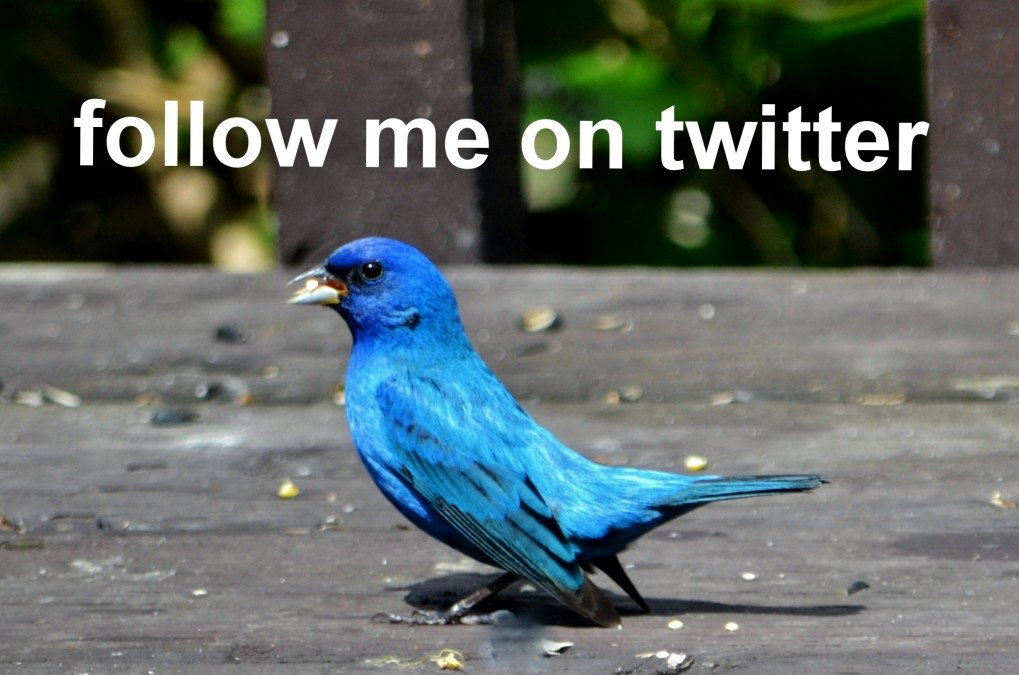
Twitter
Twitter allows users to send quick and shareable messages, this makes Twitter an ideal place to announce business news, articles or blogs, and customer service. Twitter can help you get connected fast in real time and is the ideal platform for companies offering lots of information to discuss. In particular, drink brands like Innocent Drink regularly use Twitter in communication and answer questions.
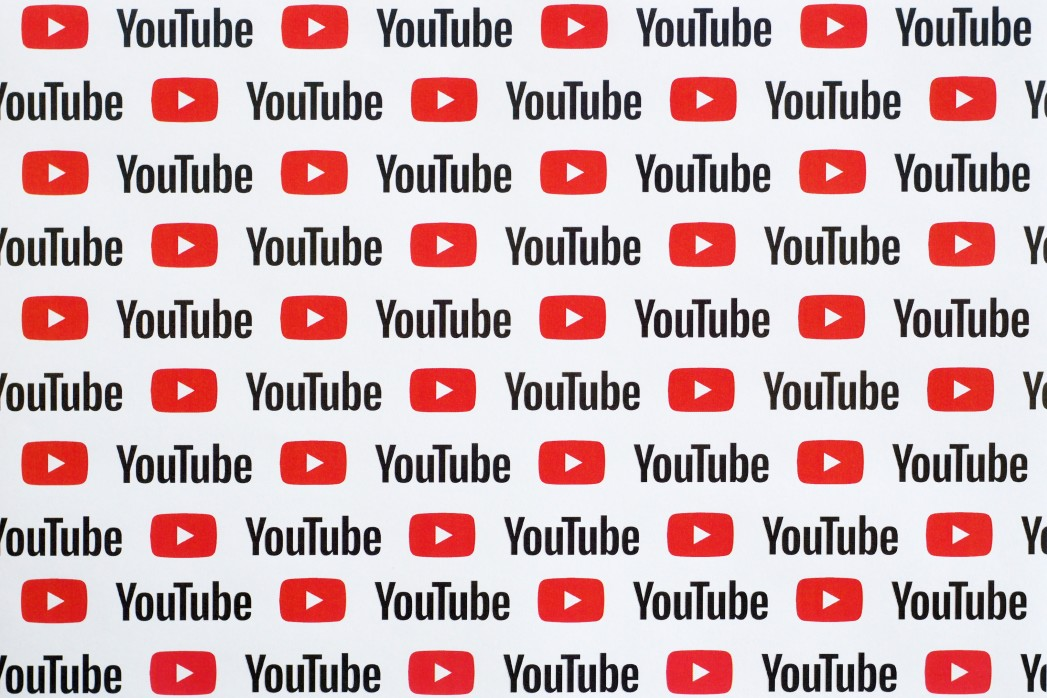
YouTube
YouTube has been built to allow users to upload long video files up to 128GB (or 12 hours!). Video content could make for incredibly educational information–like tutorials, style advice, and transformations. Later also used the platform to provide video content for other social platforms.
The YouTube channel often takes more time and effort to use than others. YouTube is primarily a search engine, meaning that people who search for your site will find it more appealing and will engage with your content.
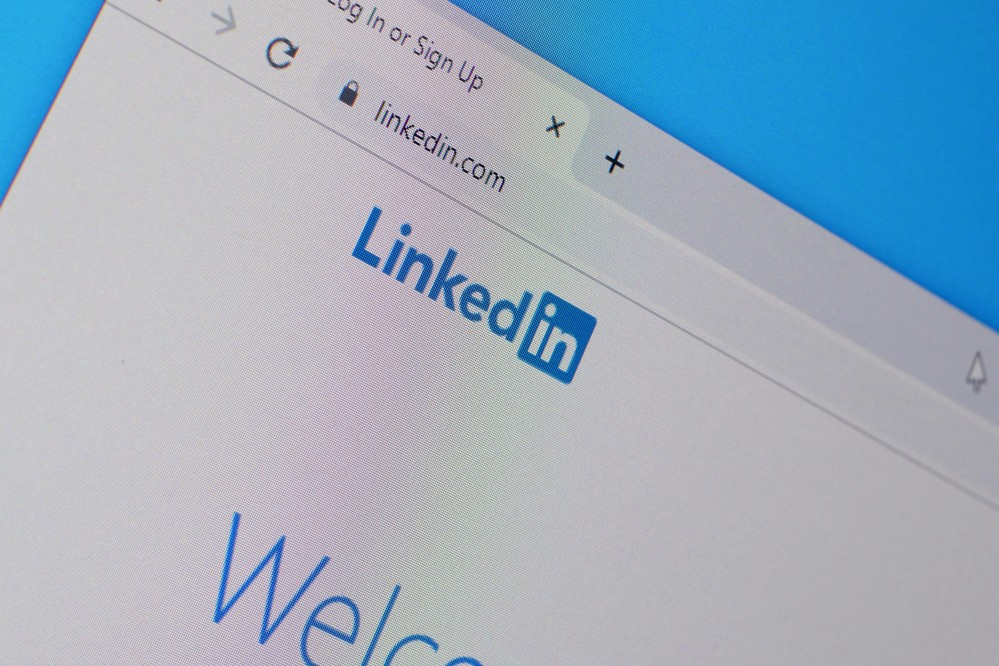
LinkedIn
LinkedIn has the potential to help build a network to grow your business. Often compared to Twitter, LinkedIn has become a popular tool for sharing company news stories. With 723 million people in 76 countries and new social and interactive features, the platform is a platform you should use your next strategy.
Now that you understand which platforms are available, choose the one relevant for the industry. Do not fear starting with a single or two — it helps to concentrate your energy where it is best used.
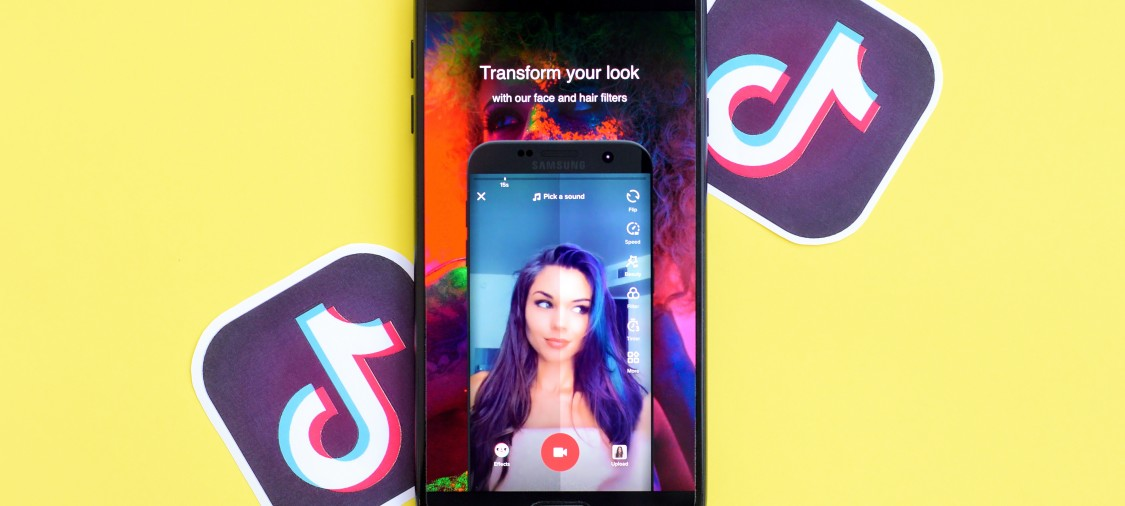
TikTok
Did you know TikTok is now the most visited website, surpassing Google, on the planet? TikTok offers video and content that businesses can use to show how their product operates, provide behind-the-scenes feedback, and help with trending issues. TikTok’s younger audiences make it a great tool to market businesses to Gen X, but the market of Millennials is moving fast.

Instagram
As a visual platform, Instagram provides an effective way to showcase your product or service. Very good site for growing a community who loves your company. Instagram also offers many ecommerce features that make converting a follower into a buyer easy as ever.
Instagram is also famous for having an enormous influencer network. Sponsoring a blog post is one of the best methods for attracting broader audiences and potential clients by using the power and influence of an influence-based business. Instagram is also the perfect place to find user-generated information (UGC) related to your products.

Pinterest
Pinterest’s visual exploration platform makes for a great way to reach new audiences with relevance and creativity. In addition, the entire experience is clickable, allowing a browser to convert a customer easily. On a new Pinterest page, the user has pinned images that link to a page or website.
Pins, as they’re known on this social media network, are usually visually attractive and links usually lead directly onto a website and / or product webpage. The website is an excellent platform to drive visitors to shopper sites and companies can make boards containing a wide range of curated pins — so that your audience can quickly discover the relevant pins they need. Later has an exclusive product to assist you in growing your business with Pinterest.
Tips To Always Be Communicating Effectively
Start Conversations
After understanding what audiences like, join the conversation. Your postings may be informative or both, but always include actionable messages. Learn how to get your fans to understand you better. Tell me something that stirs emotions in the room.
Whatever the field of your business, it has a particular aspect of what your ideal clients want. You sell people’s confidence and increase customer satisfaction as with quality content. Those things stimulate the emotions.
Showing pictures of people that purchase or are satisfied customers is one way to trigger emotions.
When you post on social, always remember to use a human voice. People like to feel like they are talking to another person, not a faceless corporation. Make sure your posts are personable and friendly, and you will be more likely to have users engage with and share your content.
How is joining their conversations already going on? I am curious. A common mistake companies make on social (media) is that they don’t even mention it. They publish about the product and services they have and they neglect to provide services to their customers.
Create and Manage Your Posts
Making and managing social media posts for your business does not have to be a daunting task. In fact, with a little of organisation and the help of some great tools, it can be quite simple and even fun!
Here are some tips on how to make and manage social media posts for your business:
-
Plan: One of the best ways to make sure you are consistently putting out great content is to plan ahead. This means knowing what kind of content you want to post, when you want to post it, and which platform(s) you want to post it on. Not sure where to start? Check out our social media content calendar template!
-
Make use of social media tools: There are a ton of great social media tools out there that can help you save time and energy for making and managing your posts. By far, our favorite is Sprout Social, because of the tools and features it offers (including in depth competitive research).
-
Use visuals: Adding visuals to your posts is a great way to make them more engaging and eye-catching. Be sure to use high-quality images (avoid using blurry or low-resolution photos) and consider using video or infographics as well. We are big fans of Envato Elements because of the insane catalog and unlimited downloads, for a cheap price.
-
Keep it short and sweet: People have short attention spans, so it’s important to make sure your posts are concise and to the point. Try to avoid rambling on or including too much information in each post.
-
Engage with your audience: Social media is all about engagement! Be sure to respond to comments and questions from your followers in a timely manner.
When Is The Best Time For a Small Business To Be Posting Content?
Because your target audience checks their social pages daily in the evening, tailor share content accordingly. Almost every channel has their own best times to post a video on a social media site.
Many business owner’s questions about the frequency of posts to their accounts are often overlooked in their Social Media Strategy. It varies!…It varies depending on the platform you use. Tuesday, for example, is also an awful day for Facebook content, but may be a good day for LinkedIn content.
The social media landscape is constantly changing, so it’s important to keep up with the latest trends. As a small business, you may wonder how often you should post on it. To help you determine the best frequency for your business, we’ve compiled some posting tips that will help you maximize your SMM efforts:
Post 1-2 times per day
It’s recommended to post 1 time per day, and only 2 times per day. In fact, some studies have even found a drop in engagement if you’re posting more than that… so don’t get too post-happy. Aim for quality over quantity.
Regardless, posting regularly shows potential clients that you’re genuinely serious about them.
Experiment with different frequencies
Not everyone is the same, and not everyone consumes social media in the same way. You may need to experiment with different frequencies to see what works best for your business.
Post when your audience is most active
To get the most out of your posts, post when your audience is most active. For example, if you’re using Facebook, post on Thursday and Friday evenings. If you’re using Twitter, tweet during the morning and evening hours.
AGAIN: Use social media management tools
Scheduling your social posts ahead of time can help you stay consistent with your frequency, and it also frees up more of your time to focus on other tasks. Later allows you to upload photos in batches or discover awesome content on UGCs.
Again, posting regularly on whatever platforms you decide in your Social Media Strategy is important for small businesses. By experimenting with different frequencies and posting when your audience is most active, you can maximize your SMM efforts and see better results. Try using a social media management tool like Sprout Social to help you stay on top of your posts!
Create A Social Media Calendar / Content Calendar
A social calendar can be extremely helpful when doing SMM. Having a set schedule and content created ahead of time, coupled with good scheduling software (if the platform doesn’t enable it), can really save you time in the long run.
When creating a content calendar, it’s important to consider the different social media platforms you’re using, as well as the best times to post for each. When outlining your content calendar, you’ll also want to make sure you’re including a variety of content types, such as blog posts, images, and videos.
Social Analytics and Reporting For Small Businesses
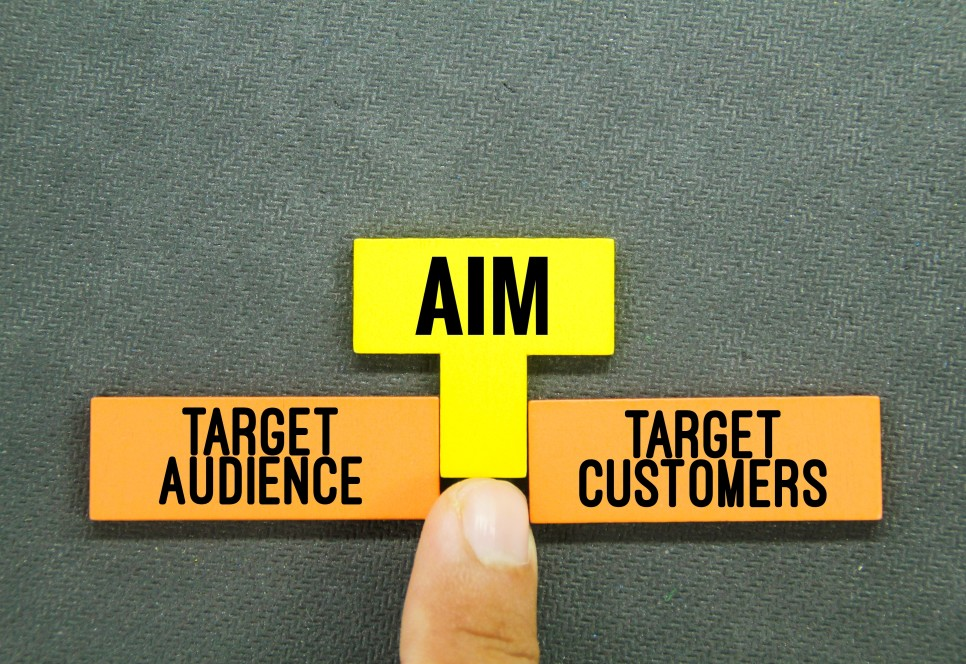
SMM goals and achieving them is one thing. Monitoring progress is one another thing altogether. Social analytics is how you can analyze and improve your social marketing campaign by tracking your accounts.
Social analytics are widely used in social marketing. Native networks can help monitor your online presence, but if your goal is to gain deeper data and insight into the network you are using and the profiles you are targeting, it will be necessary. Listed below is the best information you can get from social networks.
Engagement Rates
An effective social media marketing campaign can be defined by many metrics, but none more clearly than if your engagement rate is . Engagement rate simply means what percentage of people are interacting with your social media posts. Differing from impressions, this not only tells you if someone has seen your post, but has either clicked on it, clicked on a link in your post, shared it, or even replied to it.
Good valuable content, as well as providing informative content, are just two of the ways you can boost engagement.
Competitive reports
Make a quick comparison of your competitors. In order to assess your social media campaigns, it is important that you know what your competitors are up to on their social media.
This can be easily done by analyzing social media posts, looking at social media analytics, or conducting a social media audit. Ultimately, the point of all this is to see how your small business stacks up against other small businesses in your niche.
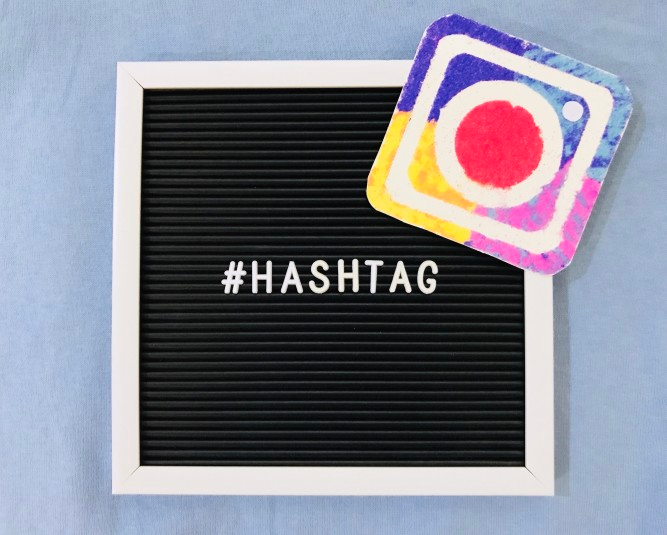
Hashtag reports
Keep track of which hashtags are being used most often, and how many times they’ve been used. This can be helpful in identifying trends and potential influencers.
Mentions
Track when your brand is being mentioned online. This can help you determine which social media platforms are most effective for promoting your brand. Knowing if your campaign or company is on the tip of your customer’s tongue is useful.
Trends
Monitor social media trends to stay ahead of the curve. Monitoring trends can give you ideas for content and help you identify which social media platforms are best for promoting your brand.
In addition, be cognizant of industry trends within your own niche. If you are a local business, perhaps there is a trend or occurrence in your area that helps to ride the local wave with.
Are you taking advantage of Small Business Saturday and building that into your content calendar?
Keyword reports
Find the most common topic and hashtags in your industry, then apply these statistics and develop content for audiences who may be interested.
For this you’re going to be using certain keywords tools. Some simple ones can include Keywords Everywhere, ranging to more complex ones likes Surfer SEO, Ahrefs, or SEM Rush.
Engagement rates by time and day
Find out what days or times of the day are more or less productive and how you allocate your resources for your job well. This is also important, as different times can have different results across social media networks.
Send messages
Sent messages report is a way for social networks to aggregate the best messages to your audience. Direct messages can turn interested parties into potential customers, if done right.
Paid reports
This is going to give you an idea of the success rate of your ad spend besides your organic social posts. We’ll diver further into some of the best way to use paid SMM in the next section.

Growing Through Paid Posts
Every time algorithms change, businesses feel nervous about how they are reaching their audience organically. What’s going on in our minds with “the numbers”? Sometimes, though, it’s much easier to gain progress towards your goals with a minor investment. In fact, when you think about it, putting up a little to reach a warm crowd might yield better outcomes than trying to contact a person without knowing you.
Look, if you’re a small business, try to target specific demographics or interests, and you can specify the social media platform on which you want your ad to appear. Paid social media also allows you to track how many people saw your ad and clicked through to your website or social media page.
Paid social media can be a great way to grow your social accounts. It allows you to reach a wider audience and can help you grow your social accounts faster. Here are some of the top strategies or things you can do when using paid social media to grow your small business:
Use Sponsored Posts To Increase Your Reach
Sponsored posts are a great way to reach a wider audience with your content. You can target specific demographics or interests across whatever your niche is, and you can specify the social media platform on which you want your ad to appear. Sponsored posts also allow you to track how many people saw your ad and clicked through to your website or small business social media page.
Target Specific Customers With Paid Advertisements
Paid ads allow you to target specific customers with your content. For example, you can target people who live in a certain area, or who have visited your website in the past. You can also target people who have engaged with your social media posts in the past. Paid ads allow you to reach a specific audience that is likely to be interested in your product or service.
Try Using Paid Social Media to Grow Your Audience Quickly
Paid social media can also help you grow your audience quickly. You can target people who are not already following you, as well as even reach a wider audience than you would with organic posts. For example, you can run a “paid Likes” ad campaign on Facebook to help drive the number of likes and followers to your Facebook page.
Use Paid Social Media to Boost Your Engagement Rate
Paid social media can help you boost your engagement rate. As mentioned, when you use paid social media, you can target specific demographics or interests. Once you figure out which platform you’re going to use, spend some time just learning the ins and outs of what seems to work on it. Learn what your competitors do, or even other small businesses in other niches.
Note ideas that seem to work for others (based on the type of engagement where you see success), and don’t be afraid to employ similar tactics on your page. Just don’t steal someone else’s idea outright and attempt to be as authentic as possible. This will go a long way for your business.
Paid Social Media to Help Promote Your Events
Have an event coming up? Excellent! You better definitely consider using paid social media to help promote it if it’s open invite. Couple event invites of your subscribers and followers with targeted ads set to make sure all their friends get the memo as well.
Use Paid Social Media to Drive Traffic to Your Website
Paid social media can help you drive traffic to your website. The idea is to target specific demographics or interests, and you can specify the social media platform on which you want your ad to appear and drive traffic to customized landing pages on your website for the optimal paid social funnel.
Using Paid Social Ads to Increase Brand Awareness
Brand awareness is key to any small business. As a small business, you want people to be aware of your product or service and what you offer. Paid social media can help increase brand awareness.
Get More Leads With Paid Social Media
Paid social media can help you get more qualified leads. A well curated social media funnel with various levers can and often results in those leads for the internet and social media marketing masters of the craft. Using paid social is just another cog wheel in their complex lead funnel operation.

Using Paid Social Media to Simply Increase Sales
SMM can help you in driving sales. Whether it’s the announcement of a short-term sale, product availability of a hot product back on the market, or just a sneak peek at some new product launch, paid advertising on social can almost guarantee you to reach the audience and increase your sales.
Use Paid Social Media to Build Relationships
Small businesses have a unique opportunity with social media. While larger businesses have to worry about saturating the market with content, small businesses can focus on building relationships with their followers.
One of the best ways to do this is by using paid social media, especially with potential new customers.

Some Parting Tips
Experiment and pivot
Remember, your initial SMM strategy might not work. The same plan won’t work for everyone. So what do you do?
Try something new!
All marketing for small businesses should include an amount of quantitative and qualitative testing. Use different approaches, different information on other platforms.
Show different ads to different audiences. Examine which plan has performed most well and which has gotten the greatest engagements first. Take advantage of the free analysis software that is embedded within every social network. The data is easily accessible for the conversion rate.
Do Few Things But Do Them Well
Some businesses feel they need to turn into media companies promoting blogs and podcasts so they can be on top of everything. These companies try all social media marketing techniques and spread themselves too thin to their audience. Are there results to be had? Sure, but in doing too many things, they diminish the effectiveness of their SMM plan.
So it is important to start off by learning the basics and then grow up. Using social networks such as Facebook and Instagram can make your business grow much easier than using them all. Keep the importance at the top of your mind.

Work with others in your industry
Connecting with people from the same industry can help you gain new clients. Make sure you’re working with a person who is an influencer or someone you respect within your space.
Share your information with your industry community. But it does not mean you should share direct competition. Find out what your industry thinks about it. Social media does not simply provide information to clients, but also helps in broader discussions about them.
Conclusion
Social Media Marketing is a great way to build relationships with customers. It’s useful so that you can target specific demographics or interests, and not to mention, you can also specify the social media platform on which you want your ad to appear.
Even more usefully, paid social media also allows you to track how many people saw your ad and clicked through to your website or social media page.
We’ll help you —
If you’re looking for social media marketing help, Good Smart Idea can assist you with developing a social media marketing strategy that meets your small business’s specific needs. Contact us today to learn more!










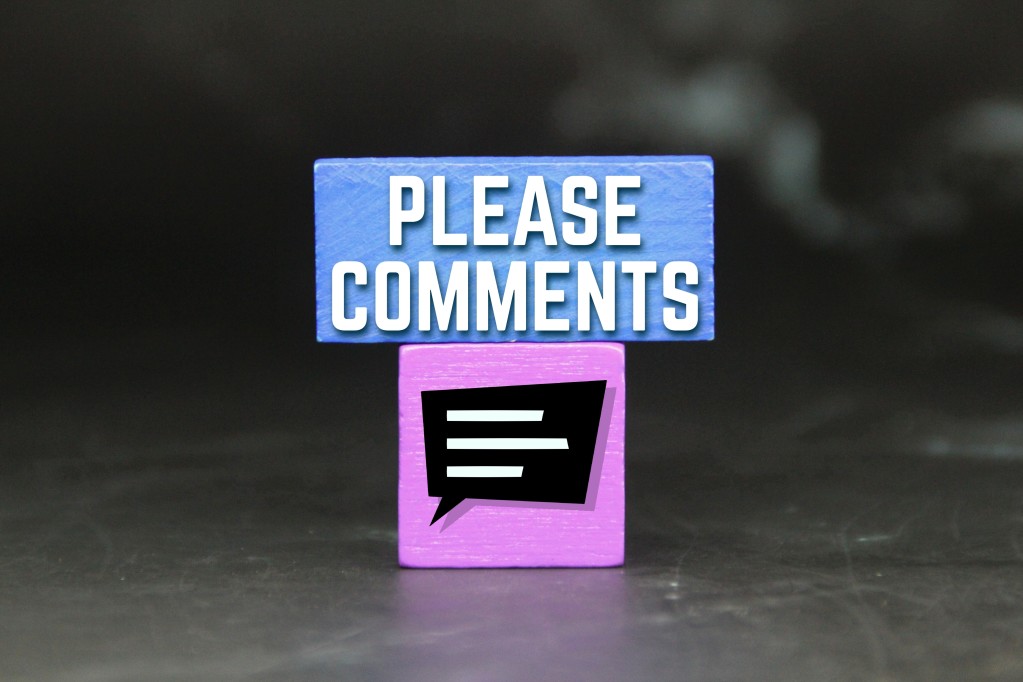

![40 BIG Mistakes Brands and Companies Make On Social Media [MASTER GUIDE!]](https://goodsmartidea.com/wp-content/uploads/2022/04/Social-Media-Misatkes-for-Brands-and-Companies-1080x675.jpeg)





